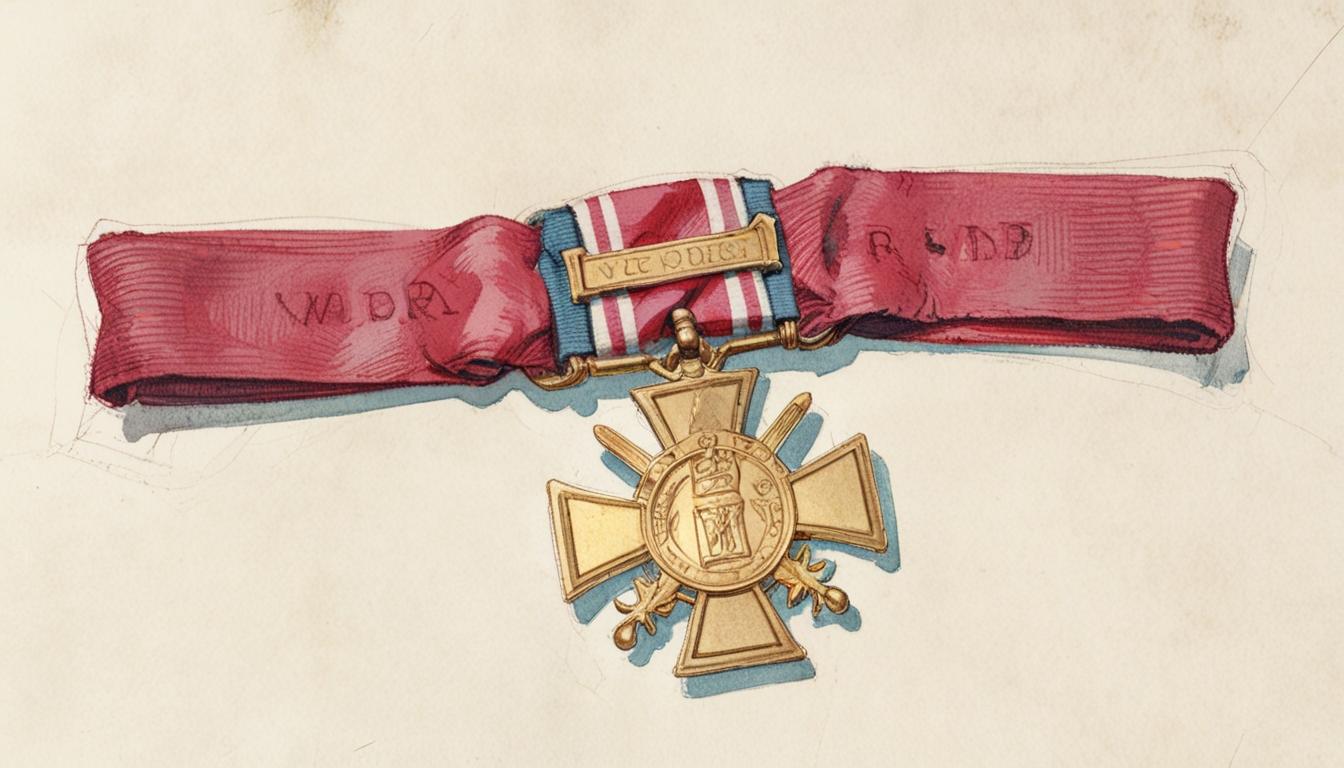In a notable turn of events, the Imperial War Museum in London has extended the opening of the Lord Ashcroft Gallery, allowing more visitors to experience the world's largest collection of Victoria Cross and George Cross medals. This decision comes after significant pushback from war heroes and the public regarding plans to move these prestigious awards to make way for exhibitions focused on conflicts after World War II.
Among the most vocal opponents of the closure was Iraq War veteran Johnson Beharry, celebrated for being the first living soldier in almost half a century to receive the Victoria Cross. Beharry, along with other veterans, expressed disappointment at the museum's original plan to close the gallery at the end of May. This protest was amplified as the nation commemorated the 80th anniversary of Victory in Europe (VE) Day, a poignant reminder of the sacrifices made during the Second World War by those awarded such medals.
The Lord Ashcroft Gallery opened its doors to the public in November 2010, featuring an extensive collection curated by businessman and philanthropist Lord Ashcroft, who has assembled a remarkable 240 Victoria Crosses alongside 42 George Crosses. The Victoria Cross, which has been awarded to only 1,358 individuals since its inception in 1856, and the George Cross, awarded for heroism not in the presence of the enemy, have left an indelible mark on British military and civilian history. To date, only 418 George Crosses have been awarded since 1940.
The importance of these awards and the stories they encapsulate cannot be understated. The gallery hosts over 250 individual tales of bravery and resilience, presented through interactive displays that engage visitors with the legacies of these brave individuals.
Despite the museum's decision to extend the gallery's operation until the end of September, the overarching plan is to permanently close it on 1 June 2025. This move is aimed at facilitating the development of new galleries that will highlight post-World War II conflicts. Such a decision has drawn criticism, as many see it as a diminishing of the recognition afforded to historic acts of bravery that continue to resonate with the public today.
Lord Ashcroft has been candid about his dismay over the museum's plans. He urged the public to visit the gallery before the collection is placed in storage, emphasizing the importance of preserving the memory of those who exhibited extraordinary courage. The gallery, once a key feature of the Imperial War Museum, may soon be relegated to the past, with its vibrant narratives silenced in favour of modern histories.
It stands to reason that the history surrounding the Victoria Cross and George Cross represents not merely medals but embodies the spirit of bravery that is intrinsic to the British national identity. Their future display within a museum setting will continue to invoke discussions about the relevance of these awards and the stories they represent as society evolves and looks towards contemporary military conflicts.
As the public continues to weigh in on this issue, the Imperial War Museum faces a critical juncture. The decisions made in the coming years will ultimately shape how future generations understand and appreciate the sacrifices made by the "bravest of the brave."
Reference Map
- Paragraph 1: [1]
- Paragraph 2: [1]
- Paragraph 3: [2], [3]
- Paragraph 4: [4], [5]
- Paragraph 5: [6], [7]
- Paragraph 6: [1], [5], [7]
Source: Noah Wire Services
